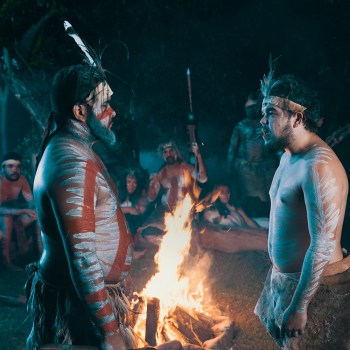
At its recent Global Summit in Perth, Western Australia, WTTC released its “Supporting Global Indigenous Tourism” report, which indicates Indigenous tourism will contribute $100 billion to the global economy by 2034, while supporting cultural preservation and community empowerment.
“Indigenous tourism is not only about showcasing rich cultural traditions, it’s about empowering communities, creating sustainable jobs and ensuring Indigenous people are in control of their own stories and economic futures,” says WTTC president and CEO Julia Simpson.
“This report demonstrates the immense potential of Indigenous tourism to drive economic growth, particularly in remote regions, while preserving invaluable cultural heritage.
“As global demand for authentic experiences continues to rise, it is crucial we support Indigenous businesses and ensure they have access to the resources and funding needed to thrive.”
The report shows how Indigenous tourism is crucial in preserving cultural heritage. For example, the Sámi of Northern Europe have developed certification marks such as “Sámi Duodji” to protect their traditions.
At the same time, Peru’s innovative Kipi robot helps preserve endangered languages such as Kukama, which is only spoken by 2000 people.
Countries such as Australia and the US have incorporated Indigenous experiences into national tourism marketing.
More than 1.4 million international visitors to Australia engaged in Indigenous tourism experiences in 2019, marking a six per cent year-on-year growth since 2010.
WTTC says it is proud to support the efforts of Indigenous peoples in shaping their tourism narratives and ensuring Indigenous tourism remains a thriving, self-sustaining industry that benefits all.


